Technologies
iOS 16.6 Beta 1: What Could Be Coming to Your iPhone Soon
Developers and beta testers can download the update now.
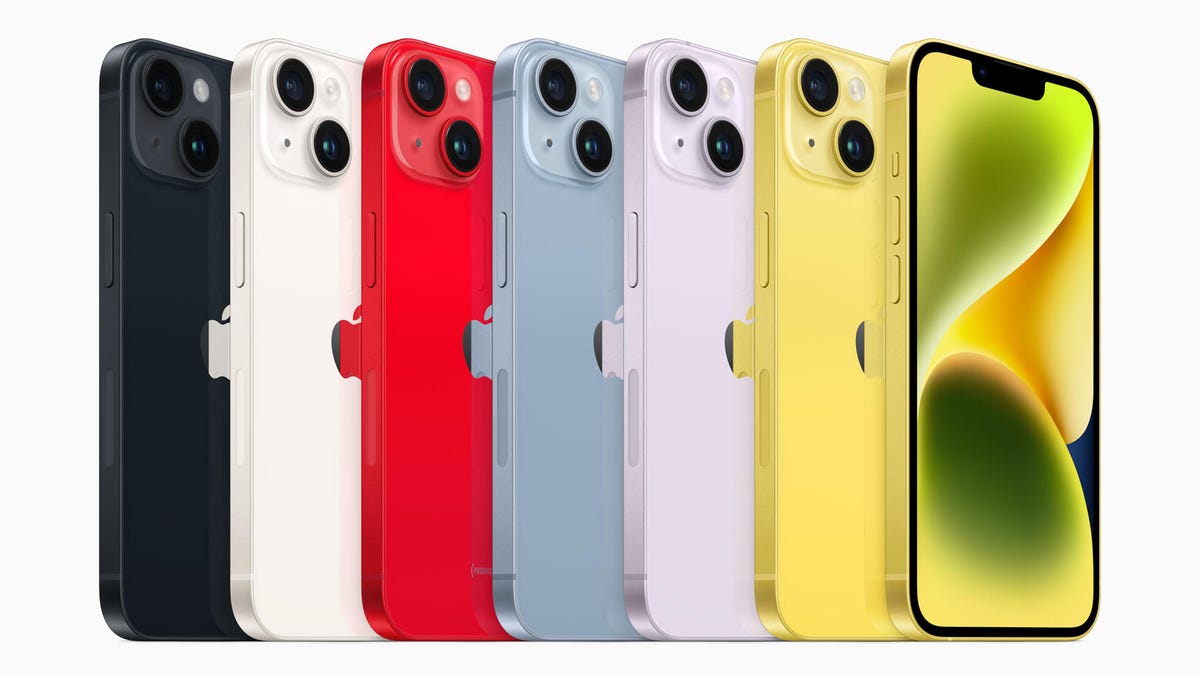
Apple released iOS 16.6 beta 1 to public beta testers Monday, less than a week after the release of iOS 16.5. We don’t expect many new features with iOS 16.6 since Apple is expected to announce iOS 17 at its Worldwide Developers Conference in June, but the 16.6 beta sets the groundwork for a new iPhone security tool.

New iOS features can be fun, but we recommend only downloading a beta on something other than your primary phone just in case the new software causes issues. Apple also provides beta testers with an app called Feedback. Testers can notify Apple of any issues in the new software with the app, that way the problem can be addressed before general release.
Here’s what could be coming to your iPhone with iOS 16.6.
iMessage Contact Key Verification
Apple announced iMessage Contact Key Verification in December 2022, and the first iOS 16.6 beta appears to include some of the framework for the tool.
«With iMessage Contact Key Verification, users who face extraordinary digital threats … can choose to further verify that they are messaging only with the people they intend,» Apple wrote in a news release at the time.
The feature doesn’t appear to be operational, but if you go to Settings and search for «Contact Key Verification» in iOS 16.6, you should see an option for the feature. Tapping the feature just opens your Apple ID settings at this time.
Apple hasn’t announced a release date for iOS 16.6. Apple might include more features in iOS 16.6, and there’s no guarantee that Contact Key Verification will be released in the update.
For more iOS news, check out what’s new in iOS 16.5 and why you should download that update now.
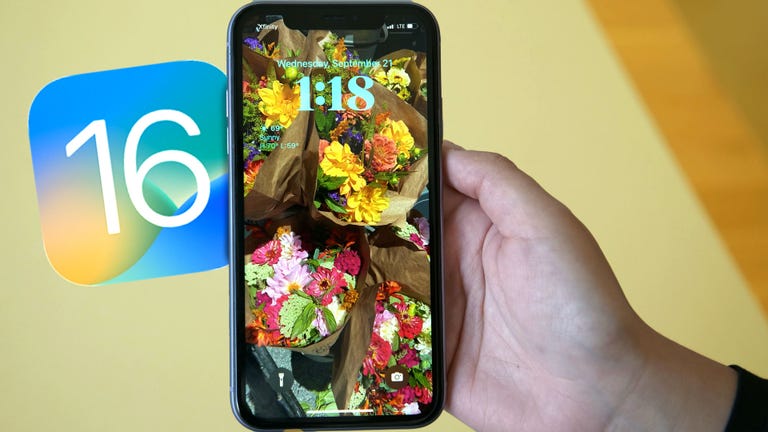
06:28
Technologies
Today’s NYT Connections Hints, Answers and Help for Nov. 2, #875
Here are some hints and the answers for the NYT Connections puzzle No. 875 for Sunday, Nov. 2.
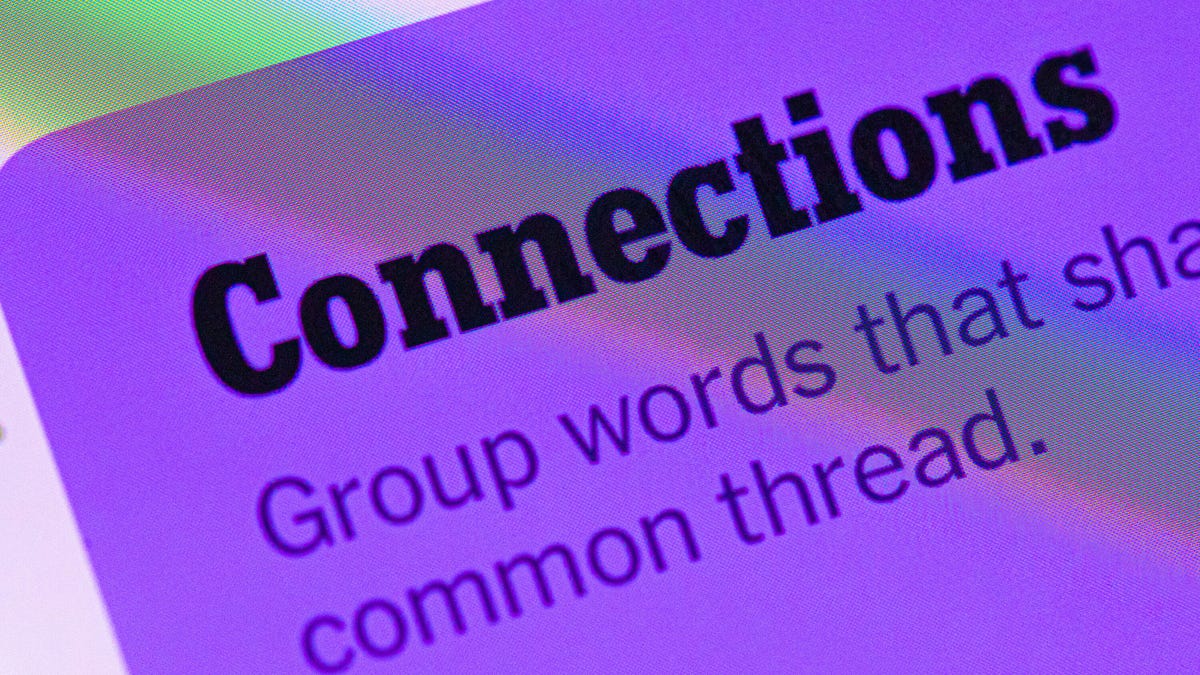
Looking for the most recent Connections answers? Click here for today’s Connections hints, as well as our daily answers and hints for The New York Times Mini Crossword, Wordle, Connections: Sports Edition and Strands puzzles.
Today’s NYT Connections puzzle has a neat purple category today. It’s fun, but it’s not easy to solve, so if you need help, you’re in the right place. Read on for clues and today’s Connections answers.
The Times now has a Connections Bot, like the one for Wordle. Go there after you play to receive a numeric score and to have the program analyze your answers. Players who are registered with the Times Games section can now nerd out by following their progress, including the number of puzzles completed, win rate, number of times they nabbed a perfect score and their win streak.
Read more: Hints, Tips and Strategies to Help You Win at NYT Connections Every Time
Hints for today’s Connections groups
Here are four hints for the groupings in today’s Connections puzzle, ranked from the easiest yellow group to the tough (and sometimes bizarre) purple group.
Yellow group hint: Move the stuff.
Green group hint: Check your crayon box.
Blue group hint: Whew, I’m wiped out.
Purple group hint: Check your horoscope.
Answers for today’s Connections groups
Yellow group: Goods to be transported.
Green group: Light brown shades.
Blue group: Show signs of physical exertion.
Purple group: Starts of zodiac signs.
Read more: Wordle Cheat Sheet: Here Are the Most Popular Letters Used in English Words
What are today’s Connections answers?
The yellow words in today’s Connections
The theme is goods to be transported. The four answers are cargo, freight, haul and load.
The green words in today’s Connections
The theme is light brown shades. The four answers are camel, fawn, khaki and tan.
The blue words in today’s Connections
The theme is show signs of physical exertion. The four answers are cramp, pant, redden and sweat.
The purple words in today’s Connections
The theme is starts of zodiac signs. The four answers are aqua, capri, gem and sag. (Aquarius, Capricorn, Gemini and Sagittarius.)
Technologies
Today’s NYT Strands Hints, Answers and Help for Nov. 2 #609
Here are hints and answers for the NYT Strands puzzle No. 609 for Sunday, Nov. 2.
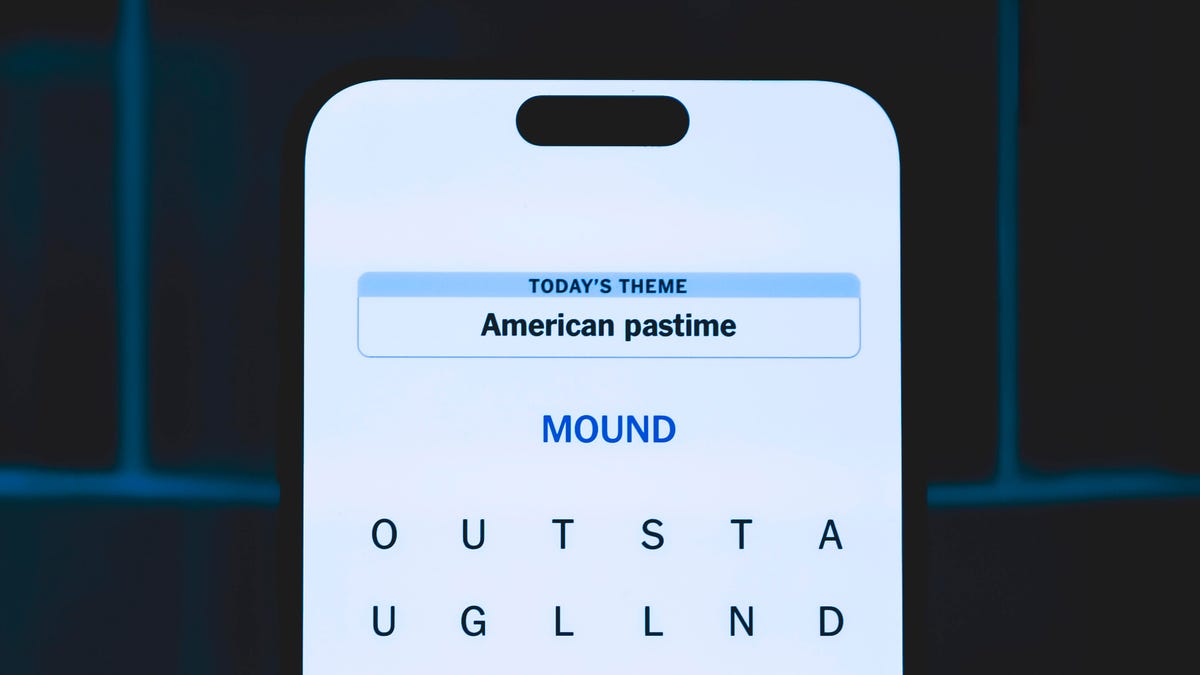
Looking for the most recent Strands answer? Click here for our daily Strands hints, as well as our daily answers and hints for The New York Times Mini Crossword, Wordle, Connections and Connections: Sports Edition puzzles.
Today’s NYT Strands puzzle is a real puzzler. You runners might have a better shot at solving it than the rest of us. Some of the answers are a bit tough to unscramble, so if you need hints and answers, read on.
I go into depth about the rules for Strands in this story.
If you’re looking for today’s Wordle, Connections and Mini Crossword answers, you can visit CNET’s NYT puzzle hints page.
Read more: NYT Connections Turns 1: These Are the 5 Toughest Puzzles So Far
Hint for today’s Strands puzzle
Today’s Strands theme is: Go the distance.
If that doesn’t help you, here’s a clue: 26.2 miles.
Clue words to unlock in-game hints
Your goal is to find hidden words that fit the puzzle’s theme. If you’re stuck, find any words you can. Every time you find three words of four letters or more, Strands will reveal one of the theme words. These are the words I used to get those hints, but any words of four or more letters that you find will work:
- RUNT, TURN, TURNER, STAT, STAR, HATS, RATS, CAPE, MOTE, STRAT, TART, TARTS, ROAN, DRAT, DRAM, HOME, TOME, TIME, TIMER, PERK
Answers for today’s Strands puzzle
These are the answers that tie into the theme. The goal of the puzzle is to find them all, including the spangram, a theme word that reaches from one side of the puzzle to the other. When you have all of them (I originally thought there were always eight, but learned that the number can vary), every letter on the board will be used. Here are the nonspangram answers:
- PACE, START, FINISH, RUNNER, HYDRATION, TIMEKEEPER
Today’s Strands spangram
Today’s Strands spangram is MARATHON. To find it, start with the M that’s three letters to the right on the bottom row, and wind up.
Technologies
Galaxy S26 Rumor Roundup: Samsung Could Be Shaking Up Its Flagship
Rumors about Samsung’s next Galaxy S26 series have been all over the place.
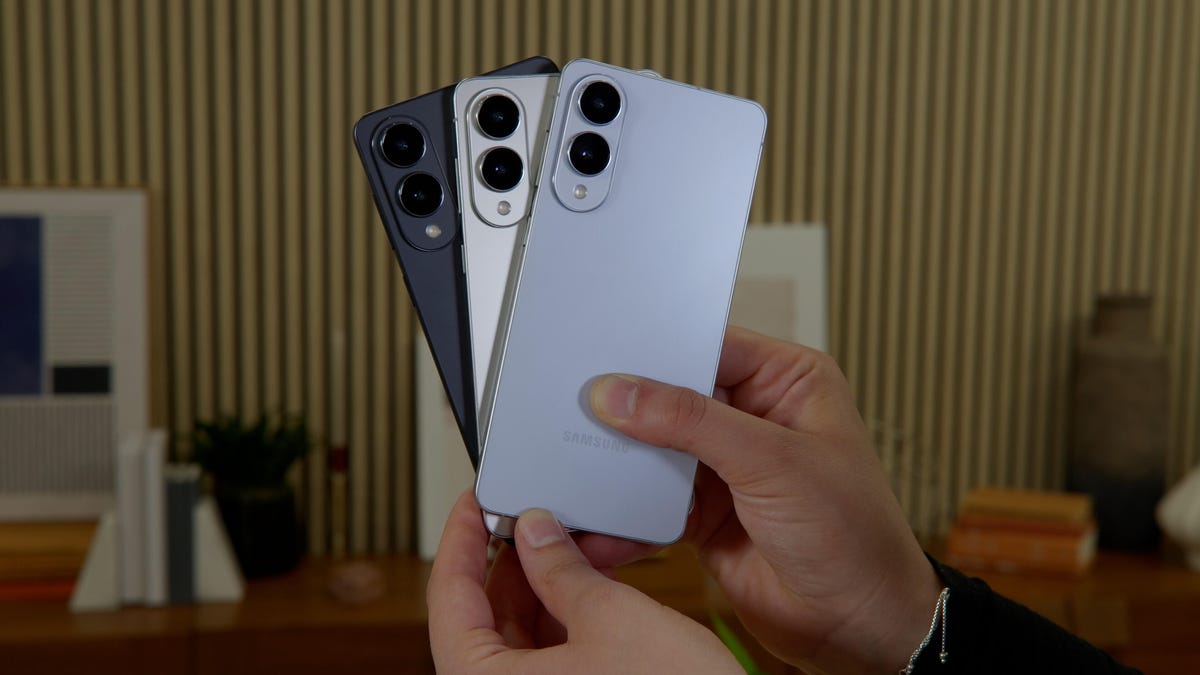
The year isn’t over yet, and there are already plenty of wild rumors about the upcoming Galaxy S26 line of phones.
Months ago, there was speculation that Samsung would replace its base phone with the Pro. It was rumored that the Plus would be discontinued in favor of the S26 Edge (much like how Apple dropped its Plus phone for the thin iPhone Air), and the Ultra would remain without any name change.
But just a few weeks ago, new reports emerged. Word is that the S26 Pro will simply be the S26, and the S26 Edge might be on its way out.
Here’s a quick rundown of the latest Galaxy S26 talk to make sense of it all.
Galaxy S26 line release date
Samsung typically hosts a few Unpacked events each year, with the first event usually taking place in either January or February. Most of this year’s S25 handsets were announced at a Galaxy Unpacked event on Jan. 22, 2025, and released on Feb. 7, so we can expect a similar timeline for the Galaxy S26 series.
However, it’s possible that additional S26 releases may occur throughout the year. In 2025, for example, Samsung released two more S25 handsets — the S25 Edge and the S25 FE — at two separate events in May and September, respectively.
Galaxy S26 Pro
For months, one of the biggest rumors surrounding the Galaxy S26 was that it might not exist at all. Internal build code uncovered by Android Authority suggested Samsung could be scrapping the base model entirely and replacing it with the S26 Pro. That might sound strange at first, but it could have signaled Samsung’s plan to position the S26 lineup as a more premium offering than its predecessors.
According to a new report from SamMobile, the Galaxy S26 Pro might actually just be the standard Galaxy S26. Given that most other rumors suggest the phone will be pretty entry-level, that could very well be the case.
Leaked renders of the S26 (whether the base or Pro model) show a design very similar to the S25, with one key difference: the rear camera. The S26 appears to have a vertical bump on the back housing three camera lenses, while the S25 has no bump at all, with its lenses fitted directly into the body.
According to Android Headlines, the S26 will feature a 50-megapixel ultrawide camera, representing a significant upgrade from the S25’s 12-megapixel ultrawide camera. There have been conflicting rumors about this, though. Others have speculated that the S26’s camera specs will remain unchanged from the S25.
Other speculations about the S26 include a slightly bigger 6.3-inch screen, along with an overall slightly larger and slimmer build. Android Headlines also reports that the S26 Pro could have a 4,300-mAh battery, up to 12 GB of RAM and as much as 512 GB of storage.
As for the processor, Samsung’s VP of its Mobile Experiences Division, Daniel Araujo, said in a recent earnings call that the S26 lineup will «revolutionize the user experience with user-centric, next-gen AI, a second-generation custom AP, and stronger performance, including new camera sensors.»
This is a strong indicator that the Galaxy S26 series will be powered by the Exynos 2600 processor at least in some regions, according to Android Headlines.
That said, rumors suggest that the S26 will use Qualcomm’s latest Snapdragon 8 Elite Gen 5 chipset in the US and China. According to Qualcomm, the new Snapdragon chip is about 20 percent faster and 35 percent more power-efficient than its predecessor.
Galaxy S26 Edge and Plus
The Galaxy S25 Edge debuted with a lot of fanfare this year, thanks to its ultra-slim form factor, so it’s not a stretch to imagine Samsung will come out with a successor next year. However, there have been conflicting rumors about whether this will happen at all.
For months, there were leaks suggesting Samsung would replace the Galaxy S26 Plus with the Galaxy S26 Edge. The S26 Edge was expected to have a super slim profile of around 5.5 mm, making it 0.3 mm skinnier than the S25 Edge. That’s also 0.1 mm thinner than the iPhone Air. There was further speculation that it would have the same 6.7-inch screen, a larger 4,200-mAh battery and the newer Snapdragon processor.
Now, however, this rumor looks to be on shaky ground. According to SamMobile and 9to5Google, the company could be dropping the Galaxy S26 Edge from its 2026 lineup due to poor sales of the Galaxy S25 Edge, especially in comparison to the rest of the Galaxy S25 series. Instead, Samsung could be replacing the S26 Edge with the Galaxy S26 Plus. We currently don’t know too much about the S26 Plus, but it’ll likely have the same 6.7-inch screen as its predecessor.
Galaxy S26 Ultra
With all the uncertainty surrounding the Galaxy S26 (or Pro) and the Galaxy S26 Edge (or Plus), the only handset seemingly free of confusion is the Galaxy S26 Ultra. According to renders uncovered by Android Headlines, the S26 Ultra looks to have a slightly different design than its predecessor.
The images appear to show that the Galaxy S26 Ultra has curvier corners compared to its predecessor and a slightly different camera layout on the rear. The four cameras are positioned in the same locations, but three of them are housed in a raised vertical bump. There’s also speculation that the Ultra could be slightly slimmer, at 7.9 mm thick, which is 0.3 mm thinner than the current S25 Ultra. Android Headlines also says that the phone’s 6.9-inch display could use new M14 OLED panels, which would be brighter and more power efficient.
Unfortunately, current rumors suggest that the S26 Ultra will feature very similar camera specs. ETNews claims it will still have a 200-megapixel main camera, a 50-megapixel ultrawide, a 10-megapixel 3x telephoto and a 50-megapixel 5x telephoto. The front-facing 12-megapixel camera also appears unchanged.
Like with the Galaxy S26, the Galaxy S26 Ultra is said to ship with the aforementioned Snapdragon 8 Elite Gen 5 in the US and China, and with the Exynos 2600 chip in other markets. Other rumored specs include 16 GB of RAM, up to 1 TB of UFS 4.0 storage, a 5,000-mAh battery and faster 60-watt wired charging.
-

 Technologies3 года ago
Technologies3 года agoTech Companies Need to Be Held Accountable for Security, Experts Say
-

 Technologies3 года ago
Technologies3 года agoBest Handheld Game Console in 2023
-

 Technologies3 года ago
Technologies3 года agoTighten Up Your VR Game With the Best Head Straps for Quest 2
-

 Technologies4 года ago
Technologies4 года agoVerum, Wickr and Threema: next generation secured messengers
-

 Technologies4 года ago
Technologies4 года agoBlack Friday 2021: The best deals on TVs, headphones, kitchenware, and more
-

 Technologies4 года ago
Technologies4 года agoGoogle to require vaccinations as Silicon Valley rethinks return-to-office policies
-

 Technologies4 года ago
Technologies4 года agoOlivia Harlan Dekker for Verum Messenger
-

 Technologies4 года ago
Technologies4 года agoiPhone 13 event: How to watch Apple’s big announcement tomorrow
